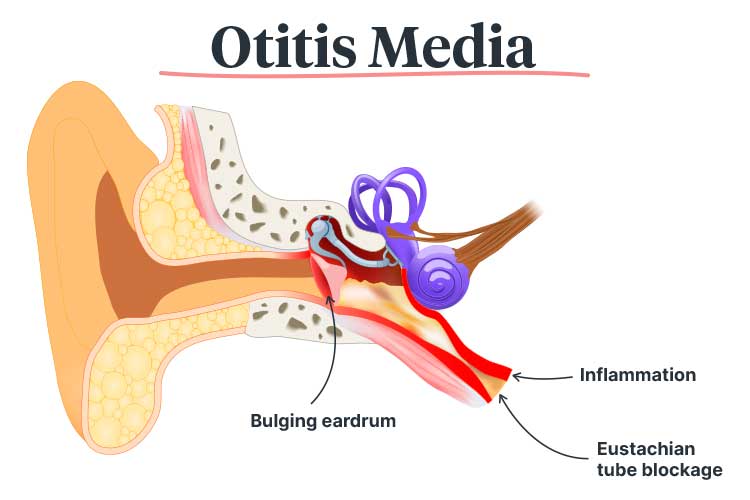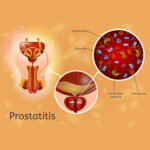Chronic suppurative otitis media (CSOM) is a persistent inflammatory disease of the middle ear and mastoid cavity, characterized by recurrent or continuous ear discharge through a perforated tympanic membrane. This condition is a significant public health concern, especially in developing countries, and it can lead to serious complications if left untreated.

Understanding Chronic Suppurative Otitis Media
Pathophysiology
CSOM develops as a result of unresolved or improperly treated acute otitis media. Chronic inflammation of the middle ear mucosa and mastoid air cells leads to mucosal edema, ulceration, and eventually, perforation of the tympanic membrane. Bacterial colonization exacerbates the condition, perpetuating the cycle of infection and inflammation.
Key Features
- Persistent or recurrent ear discharge (otorrhea) lasting more than six weeks.
- Conductive hearing loss due to tympanic membrane perforation or ossicular chain disruption.
- Absence of significant pain except during acute exacerbations.
Causes and Risk Factors
Common Causative Organisms
- Aerobic bacteria: Pseudomonas aeruginosa, Staphylococcus aureus
- Anaerobic bacteria: Bacteroides species
- Fungal infections: Candida and Aspergillus species (less common)
Contributing Factors
- Recurrent infections: Frequent acute otitis media episodes.
- Environmental factors: Poor sanitation, crowded living conditions.
- Eustachian tube dysfunction: Chronic blockage impairs middle ear drainage.
- Socioeconomic factors: Limited access to healthcare and inadequate treatment.
Clinical Presentation
Symptoms
- Continuous or intermittent purulent otorrhea.
- Hearing impairment, often conductive but may be mixed in advanced cases.
- Occasional tinnitus or vertigo.
- Rare systemic signs unless complications occur.
Complications
- Intracranial: Meningitis, brain abscess, lateral sinus thrombosis.
- Extracranial: Mastoiditis, facial nerve paralysis, labyrinthitis.
Diagnosis of CSOM
Clinical Examination
- Otoscopy: Visualization of tympanic membrane perforation and middle ear discharge.
- Pneumatic otoscopy: Assessing mobility of the tympanic membrane.
Diagnostic Tests
- Microbiological cultures: Identifying causative organisms.
- Pure-tone audiometry: Evaluating hearing loss.
- Imaging studies: CT scan for detecting complications or assessing mastoid air cells.
Treatment Options
Medical Management
- Aural Toilet: Regular cleaning of the external ear canal to remove debris and discharge.
- Topical Antibiotics: Fluoroquinolones like ciprofloxacin are preferred due to broad-spectrum activity and safety.
- Systemic Antibiotics: Reserved for cases with systemic involvement or complications.
- Antifungals: For fungal infections, topical clotrimazole or nystatin may be prescribed.
Surgical Intervention
- Myringoplasty or Tympanoplasty: Repair of tympanic membrane perforation.
- Mastoidectomy: Removal of infected mastoid air cells in advanced or complicated cases.
- Ossiculoplasty: Reconstruction of ossicular chain to improve hearing.
Prevention Strategies
- Early Treatment of Acute Otitis Media: Prevent progression to chronic stages.
- Improved Hygiene and Sanitation: Reducing exposure to pathogens.
- Vaccination: Immunization against Streptococcus pneumoniae and Haemophilus influenzae.
- Addressing Eustachian Tube Dysfunction: Avoiding chronic middle ear effusion.
- Education: Raising awareness about the importance of early intervention and adherence to treatment.

